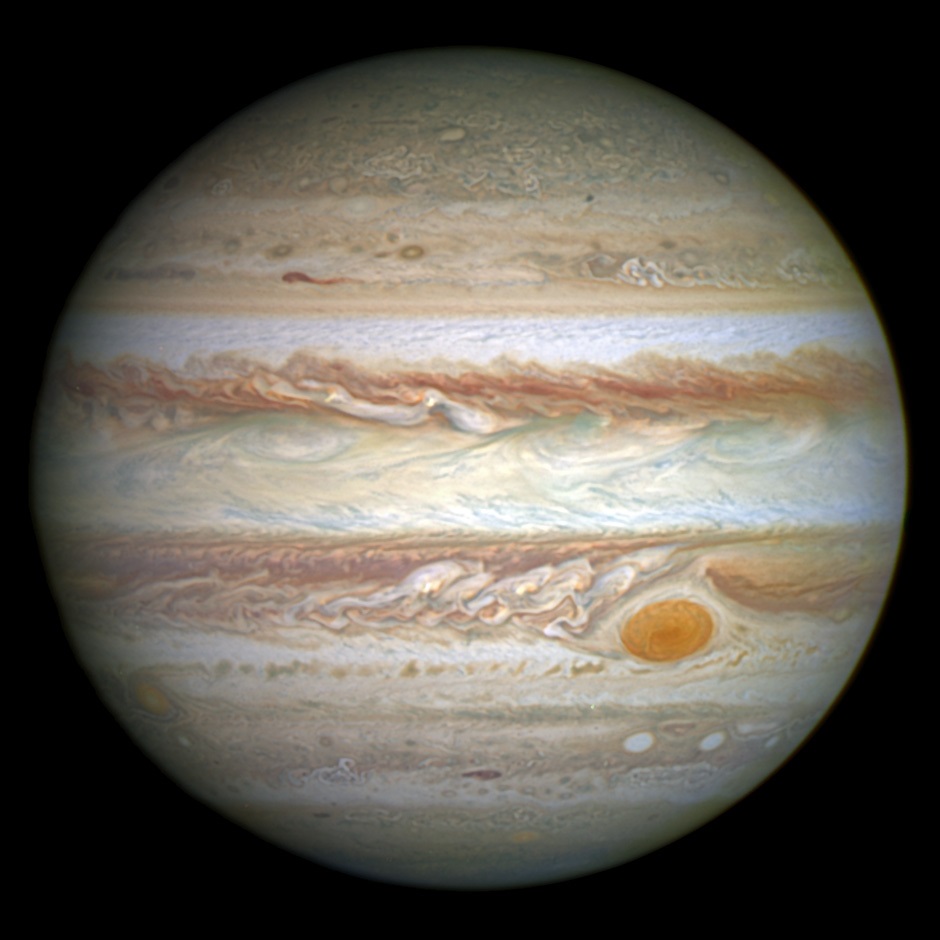Just for the record, I have simplified the Wiki explanation somewhat:
Planet formation in the Solar System (Wiki)
The planets are thought to have formed from the solar nebula, the disc-shaped cloud of gas and dust left over from the Sun's formation. The currently accepted method by which the planets formed is
accretion, in which the planets began as dust grains in orbit around the central protostar. Through mutual attraction, these grains formed into clumps up to 200 metres in diameter, which in turn collided to form larger bodies (
planetesimals) of ~10 kilometres (km) in size. These gradually increased through further collisions, growing at the rate of centimetres per year over the course of the next few million years.
The
inner Solar System, the region inside 4 AU, was too warm for volatile molecules to condense, so the planetesimals that formed there could only form from compounds with high melting points, such as metals (like
iron,
nickel, and
aluminium) and rocky
silicates. These rocky bodies would become the
terrestrial planets (
Mercury,
Venus,
Earth, and
Mars).
While the terrestrial planets were forming, they remained in a disk of gas and dust. The gas did not orbit the Sun as rapidly as the planets. The resulting
drag and, more importantly, gravitational interactions with the surrounding material caused the planets gradually to migrate. inward as the disk dissipated.
The
giant planets (
Jupiter,
Saturn,
Uranus, and
Neptune) formed further out, beyond the
frost line, which is the point between the orbits of Mars and Jupiter where the material is cool enough for volatile icy compounds to remain solid. The ices that formed the Jovian planets were more abundant than the metals and silicates that formed the terrestrial planets, allowing the giant planets to grow massive enough to capture hydrogen and helium, the lightest and most
abundant elements.
After between three and ten million years, the young Sun's solar wind would have cleared away all the gas and dust in the protoplanetary disc, blowing it into interstellar space, thus ending the growth of the planets
FOLLOWING ON FROM THERE:
" Doesn’t it make more sense that a GAS GIANT was formed or found itself within the original inner system of the sun just as we are observing in other systems?"
Certainly there are reports of exoplanets close to their stars.
I have certainly seen reports of gas giants being in close proximity to the Sun, and have wondered at (been surprised at) the length of time stated for which such planets could survive that close! But that seems to be the claim.




